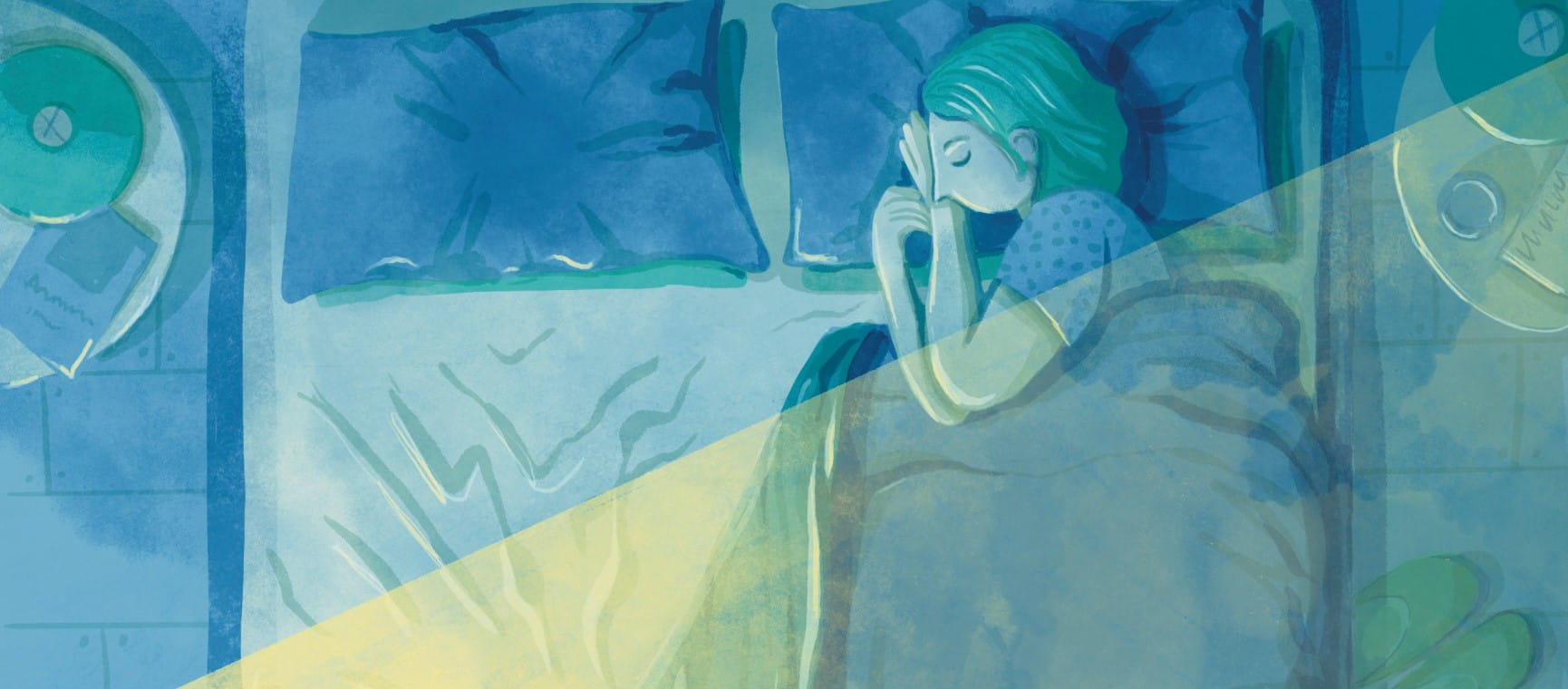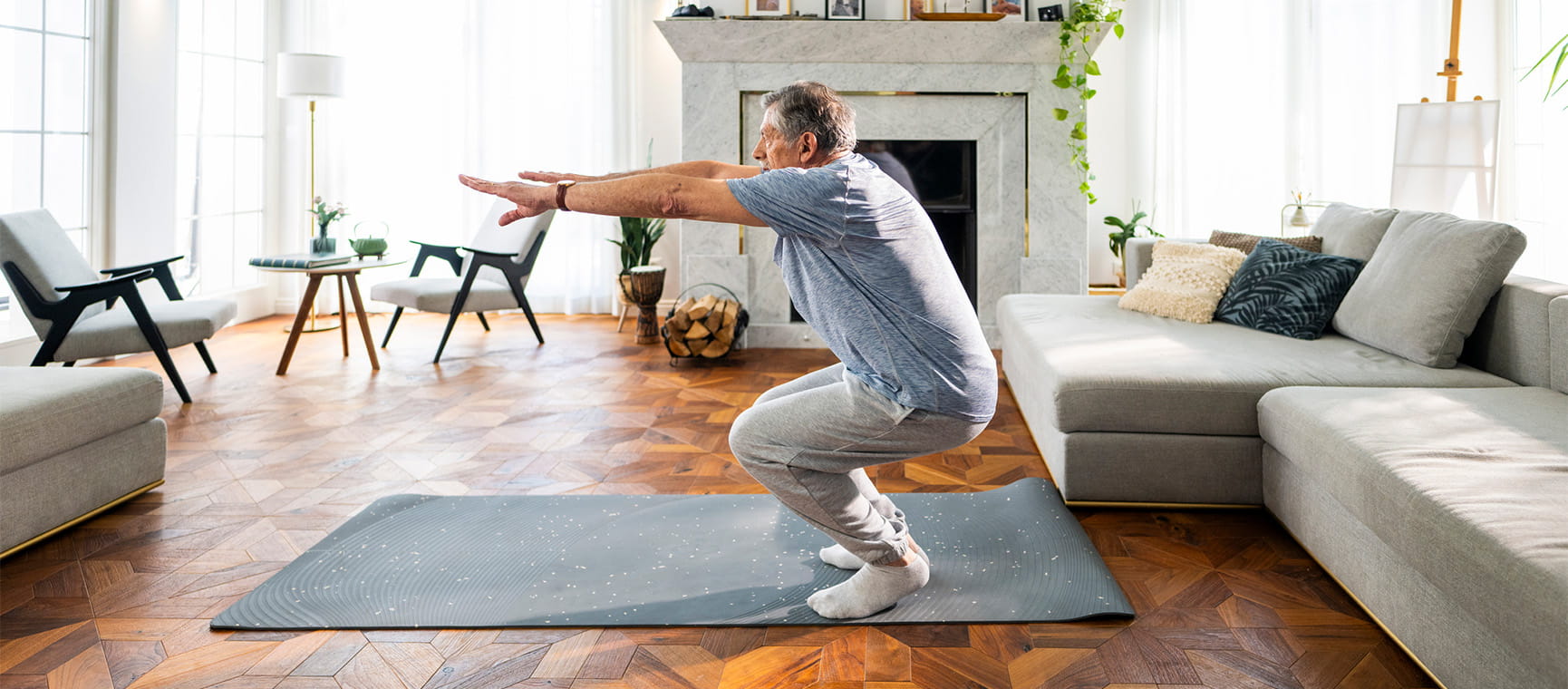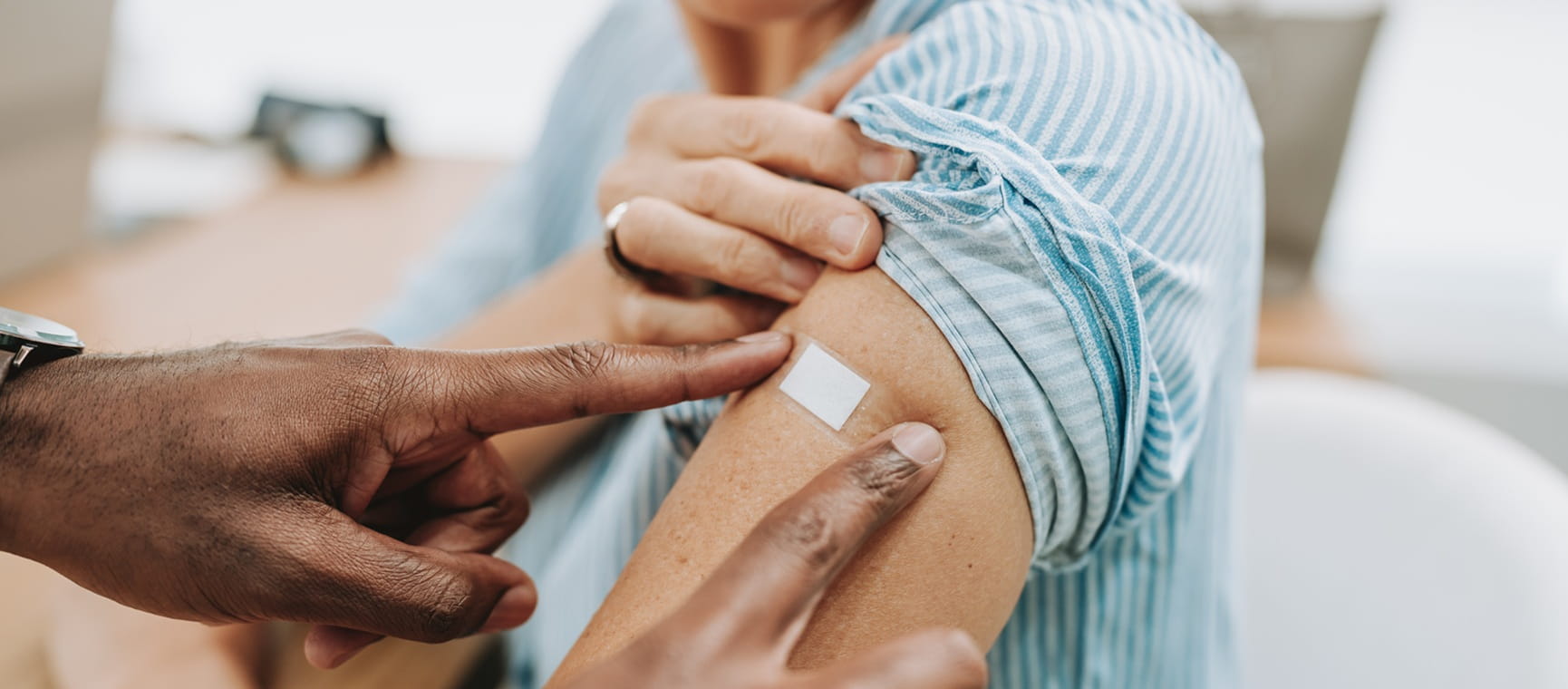Enlarged prostate - the latest treatments
If you are struggling with an enlarged prostate, there's now a choice of minimally invasive treatments that can help.

If you are struggling with an enlarged prostate, there's now a choice of minimally invasive treatments that can help.

Prostate problems aren’t exactly fun at the best of times, but if you volunteer at music festivals and your nearest loo is a long trudge across a muddy field, they become even harder to cope with.
Until recently, Mark Squire, 61, woke almost hourly through the night to pee and had to urinate four or five times before lunch the next day.
"I rarely had a refreshing night's sleep," says Mark, a retired marketing manager from Hampshire, who owns a campervan and volunteers with Oxfam at summer festivals.
As well as the pressing and frequent urge to urinate, lower urinary tract symptoms (LUTS) also include:
LUTS are often caused by benign prostatic hyperplasia (BPH), the medical term for an enlarged prostate that can block or narrow the prostatic urethra, the tube through which urine passes.
King Charles’s admission to hospital with BPH earlier this year, during which his cancer was discovered, shone a spotlight on a condition that affects three million men in the UK. This includes around 70% in their sixties and 80% over 70.
Although the exact cause is debated, it’s thought that chronic inflammation may trigger the production of chemicals that stimulate prostate cells to grow and proliferate.
Mark first noticed symptoms of BPH in his early fifties and was prescribed tamsulosin, an alpha-blocker that helps relax the muscles in the prostate and bladder opening. Although this helped, as time went on he began to experience dizziness and lightheadedness – common side-effects – and those trips to the loo were getting more frequent.
"I used to get up almost seven times a night to go to the loo"
His GP referred him to a urologist to discuss possible surgery; the most common surgical procedure is Turp (Transurethral resection of the prostate), which involves cutting away prostate tissue, and typically requires a one-to-three-day hospital stay, together with three to four weeks’ recovery. Mark wasn’t keen.
"My father, now in his eighties, had Turp and experienced temporary post operative problems such as urine leakage and dribbling and didn’t recommend it," he says.
He was also deterred by potential long-term side-effects. The most common, the release of semen into the bladder, affects 65-75% of men. Around 10% also experience erectile dysfunction, and, in those who do, a decline in libido and sexual satisfaction. 5-15% need another operation.
So when his consultant said he was trialling a new minimally invasive procedure that eliminates these risks and is performed as a day case, Mark jumped at the opportunity.

Known as the iTind, the procedure involves being sedated with a local or general anaesthetic, but takes just few minutes.
A temporary implant made of a ‘smart metal’ called nitinol (an alloy of nickel and titanium) is inserted into the prostate. It is put in folded via a tube and opens out to form a cage like that surrounding the cork on a bottle of fizz. The device is in place for a week and exerts gentle pressure that reshapes the prostatic urethra, creating a wider opening for urine to flow down.
There is no burning or cutting tissue away and no need for a permanent implant. It is removed a week later in a similarly short time. It’s suitable for all and works best for those with smaller and medium-sized prostates.
The iTind is one of a slew of new minimally invasive surgical treatments for men with BPH, explains surgeon Neil Barber, clinical lead for urology at Frimley Health NHS Foundation Trust, who has been performing the procedure for eight years.
The iTind is one of a slew of new minimally invasive surgical treatments for men with BPH
It now has conditional approval from the government’s drugs advisory body NICE, so it’s available on the NHS - provided the surgeon is trained and keeps a record of results. Currently available in around 14 NHS hospitals, as well as privately, an increasing number of surgeons are in training.
"It’s an alternative not just to Turp but to medication," says Barber. "The usual trajectory is for the GP to prescribe tablets, and only if the patient doesn’t tolerate these or they don’t work to go on to surgery, a model I would like to change. It is an attractive option for active older men, and it carries no risk of sexual dysfunction, something men these days care far more about than their fathers or grandfathers."
The oldest man he has operated on was in his late seventies. Barber admits that it is ‘not a lot of fun’ during the few days the device is in place, a sentiment that chimes with Mark’s experience of the operation in October 2023.
"I was more uncomfortable than I expected. It stung to pass urine and I had to take painkillers and be near the loo constantly," he recalls. "But once removed, the discomfort disappeared within a day or so. I was able to go on holiday two weeks later."
And he’s not alone in experiencing success with the procedure. A controlled trial of 81 participants that tracked men for more than four years, published in the Minerva Urology and Nephrology Journal, reported ‘significant, long-lasting symptom relief’ and ‘improved quality of life with no late post-op complications’. Just 4% needed further surgical treatment.
The treatment is an attractive option for active older men, and it carries no risk of sexual dysfunction
Another study in 2023, concluded that ‘no changes were observed in sexual and ejaculatory function’. Trials are also underway looking at the potential of iTind for men with urinary retention, a condition linked to BPH that affects one in 10 over 70 and one in three in their eighties.
An ongoing global trial comparing iTind with UroLift, another minimally invasive procedure, is in progress and could lead to full NICE approval within five years.
"It adds to the portfolio of things we can offer men with BPH," adds Barber.
As for Mark, he couldn’t be more satisfied. "I rarely have to go to the toilet more than once a night now, and sometimes not even that, so I sleep better and am more rested," he says. Above all he can’t wait for this summer’s festival season.
"I’m looking forward to not having to wade through a muddy field in the middle of the night to get to the toilets."

Are you retiring at the wrong age? The best age to retire for your body, brain, happiness and pocket.


Everything you need to know about the lung infection, and how you could be ill with “walking” pneumonia without realising it.

Strong calves for a strong mind: how they support our circulation and brain health, with easy moves to strengthen yours at home.


Our GP Dr Mark Porter explains what can cause itchy skin, which is a common problem as we get older.

Worried you’ve morphed into Victor Meldrew? Find out how to battle that bad mood, and what to do if you’re stuck with a grouchy loved one.

The benefits of heat and cold therapy, and how Nordic bathing won over our nervous writer.

Here’s how to spot the symptoms of heat disease and reduce your danger.


The NHS winter vaccination campaign kicks off next week. Here’s the lowdown on what you need to book.

Pilates for back pain – what to do if you are suffering, and five gentle exercises that could help.

Dizziness or vertigo: a sensation of spinning, can stop us doing everyday things for fear of falling. Try these tips to stop feeling dizzy


You don’t have to put up with bladder leaks. We try out the latest pelvic floor gadgets for men and women.

Cataracts are a normal part of ageing. Learn how to spot the signs – and when it’s time to consider surgery.